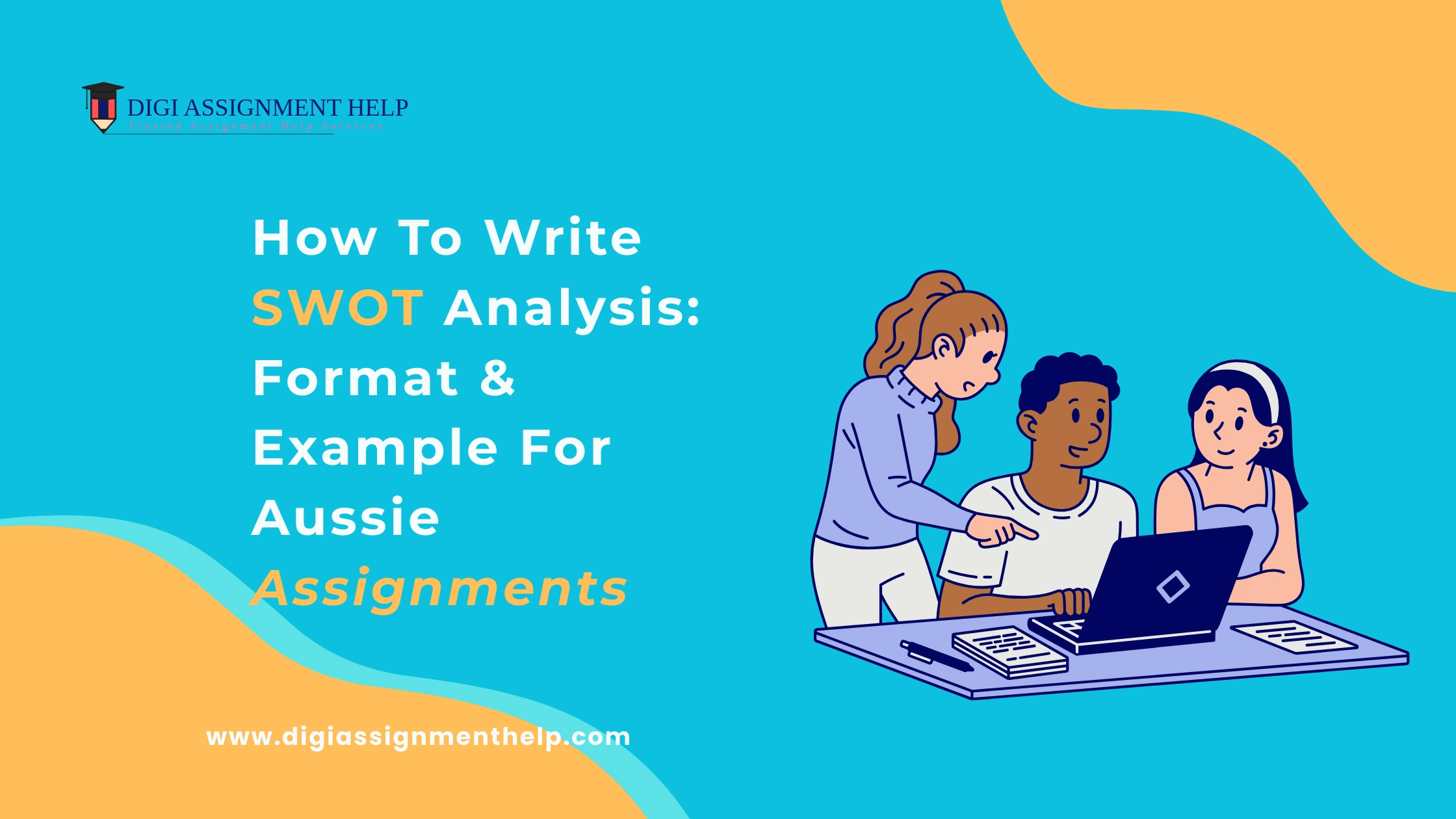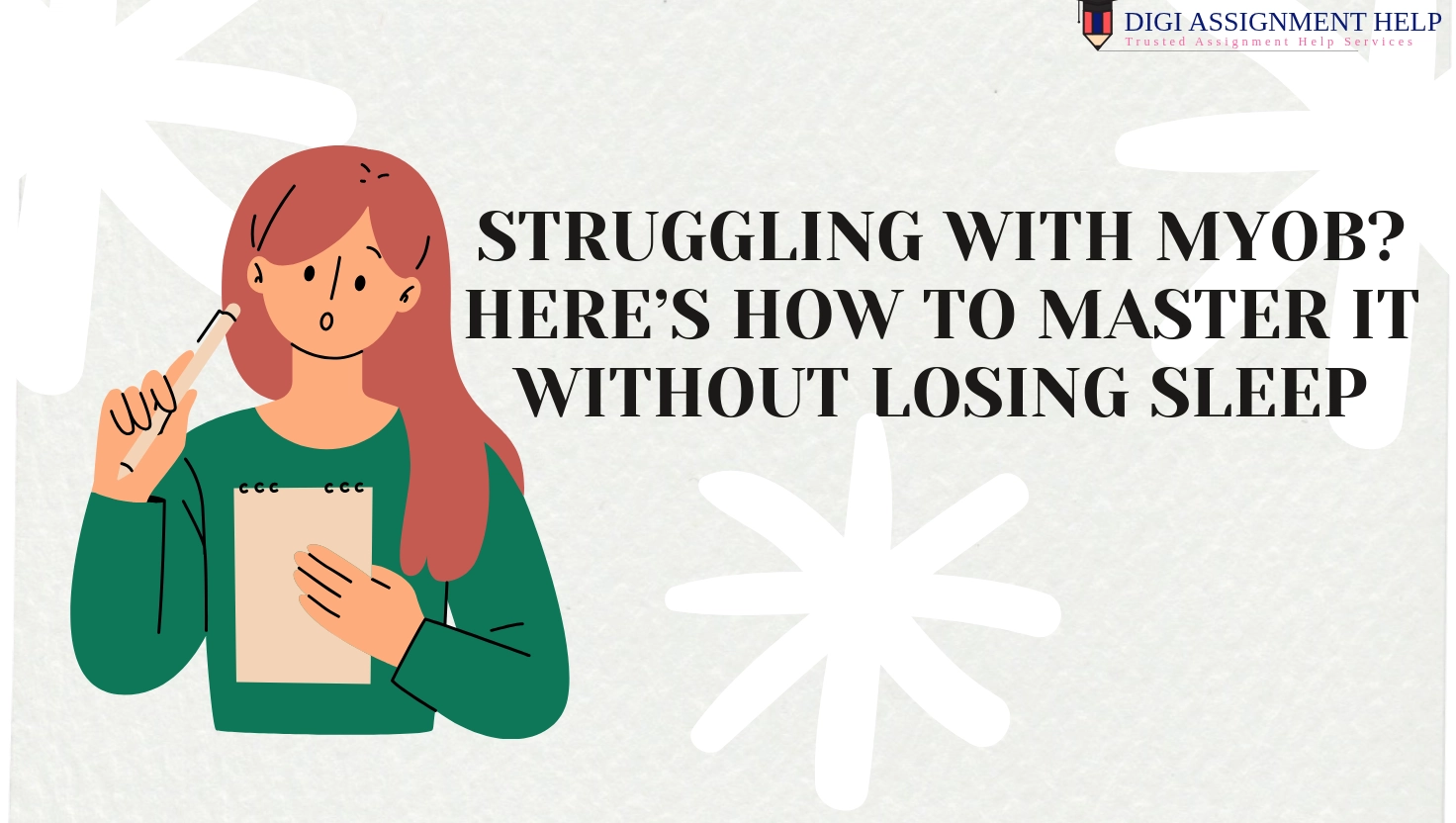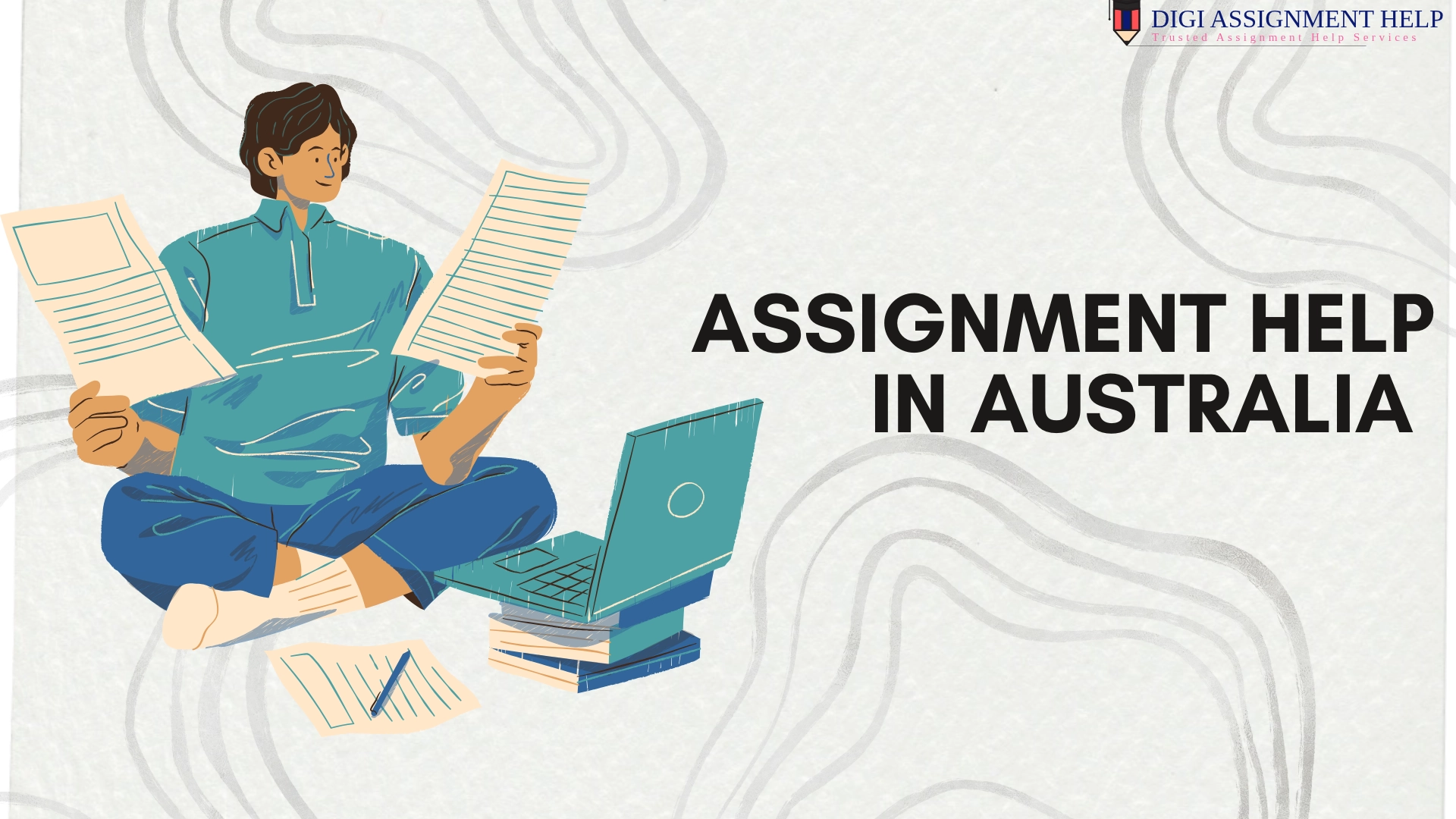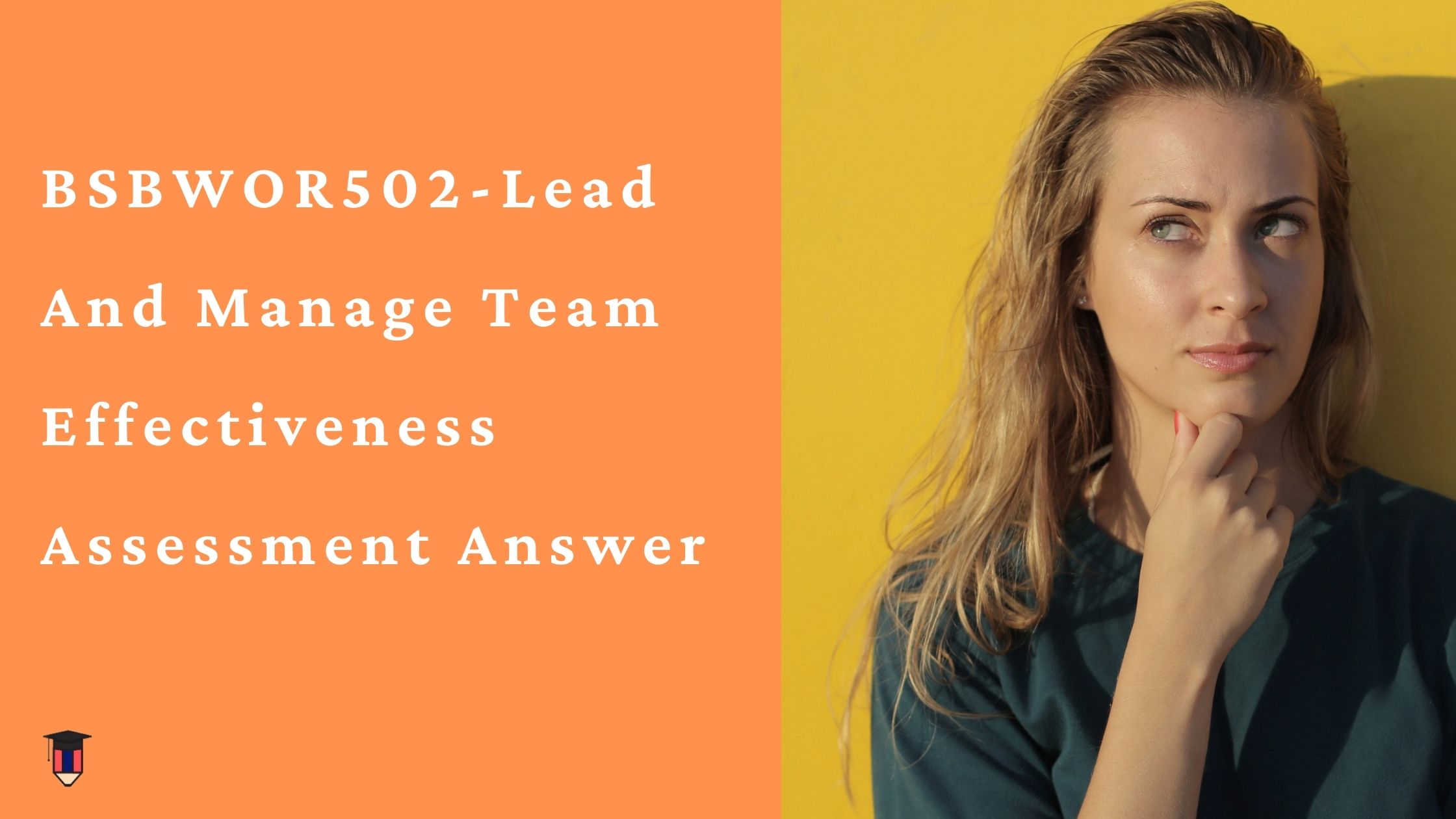How To Write Swot Analysis : Format And Example For Aussie Assignments
 19-May-2025 11:01 AM
19-May-2025 11:01 AM

Whether you are an undergraduate studying business management or a postgraduate pursuing marketing, knowing SWOT analysis is imperative. It is a key concept students often learn at the beginning of their academic years in Australia. The entire analytical process is used to evaluate the feasibility and risks of a certain action and streamline the decision-making process. Although SWOT has proven to be extremely helpful in the professional sector, students often struggle with writing the report with accuracy.
Its complex format becomes the major hurdle for university students. In fact, most Australian educational institutes run different checks to evaluate the accuracy and tangibility of the submitted SWOT analysis report. This is where students often fail and end up scoring poor grades. If this has become a concern for you also, do not worry! In this following guide, we will explain the correct format of writing a precise and premium-quality SWOT analysis report. In addition, we have also supported our illustrations with different examples so that you can complete your assignments on time.
What is a SWOT analysis?
Standing for Strength, Weakness, Opportunity, and Threat, the SWOT analysis is a strategic planning tool professionals use to evaluate the external and internal factors affecting an event or a process. The report helps one understands the key areas that require performance improvements, potential risk factors, and solve problems in a better way. Owing to its immense importance, Australian students often need to write different assignments on SWOT analysis.
Before we discuss anything further, let’s have a quick look at its key components.
-
Strength: What you do well, like resources, brand reputation, and capabilities.
-
Weakness: What are the lacking areas, like skill gap, limited funding, and inefficient business processes.
-
Opportunity: External market trends to benefit from, like technology advancement and market shift.
-
Threat: External risks associated to a project or a decision, like regulations, fierce competition, and downturn.
Why Australian students Need To Prepare A SWOT Analysis Report?
Preparing a SWOT analysis report helps Australian students in numerous ways. Here are a few benefits of learning about this strategic planning tool.
-
Helps develop critical thinking and decision-making skills
-
Ensures the Australian academic standards are perfectly aligned with marketing and business courses
-
Helps students apply theoretical concepts to real-world brands in the Australian market
-
Often forms a necessary component in case studies, dissertations, and research papers
-
Enhances analytical and research skills by allowing students to use local trends and datasets
-
Encourages awareness about the Australian regulatory and economic landscape
Correct Format Of A SWOT Analysis
A standard SWOT analysis is differentiated into two parts. These are:
-
SWOT matrix: This is a 2X2 matrix containing all the key points in bullet formats for a brief overview to the readers.
-
SWOT write-up: Here, you will have to explain each aspect in detail, showing how it impacts a business process or a project. Relevant data and research sources need to be included in this section for authenticity and credibility.
How to write a SWOT analysis: Step-by-step guide
Step 1: Understanding the topic
Once you receive the topic, do thorough research on the concerned organization or the subject. It would be best if you use relevant sources from the Australian local market. This will make it easier for you to understand the industry dynamics, local market trends, and the context accurately. Always try and gather information from reliable sources, like IBISWorld, ABS, and other types of company reports.
Step 2: Identifying the Strengths
Strengths are nothing but the internal advantages the organization or brand has. Focus on the aspects that are much better than the competitors and can provide an upper hand in the future. Usually, from a business perspective, strengths can be anything, ranging from abundant resources to innovative products and higher brand reputation.
Step 3: Identifying the Weaknesses
Apart from the strengths, you will also need to list down the weaknesses. These are internal limitations that might pose a risk to the project or the decision to be made. For example, limited fund availability, outdated technologies, and prominent skill gaps can slow down the business from progressing further and evolving in the local market.
Step 4: Identifying the Opportunities
The next step is to identify the correct opportunities having proper relevance to the context. These usually include emerging market trends, policy changes, and consumer demands. Since we are talking about the SWOT analysis specific to the Australian market, students should focus on areas like government grants and industry growth.
Step 5: Identifying the Threats
It is also crucial to determine the external threats that could hurt the business and stop it from progressing. Here, you will have to consider both the local and international risks, like sudden changes in regulations, economic downturns, and a strong competition.
Step 6: Building the SWOT matrix
Once you have the four aspects listed, start preparing the SWOT matrix. Follow a 2X2 grid format, almost like a square. The first box will be assigned to Strengths, from where you need to move clockwise to complete the grid. List down the points in brief, ensuring a logical and precise structure.
Step 7: Writing the analysis
While writing the SWOT analysis in depth, always use local market data from authentic sources to support your arguments. Check with your university if citations will be required and of what format. You will have to elaborate all the strengths, weaknesses, opportunities, and threats while adhering to logic and practicality.
Common Mistakes One Needs To Avoid
While writing the SWOT analysis, Australian university students should avoid making these below mistakes.
-
Using generic and vague statements without providing enough evidence to support the facts
-
Relying on non-credible and outdated information sources
-
Forgetting to include the SWOT matrix in the correct format
-
Not tailoring the SWOT write-up to the local Australian context
-
Focusing too much on a single aspect, like Strength, and ignoring the other three in SWOT analysis
Conclusion
Although writing SWOT analysis sounds easy, most Australian university students struggle with completing their assignments on time. Whether it’s due to lack of research skills or inaccurate understanding of the SWOT format, they often end up with an incomplete work. If you too face the same problems, do not wait and connect with Digi Assignment Help. Their experts will help you navigate around the challenges associated with writing a SWOT analysis and also point out the prominent mistakes.













.webp)
.webp)












